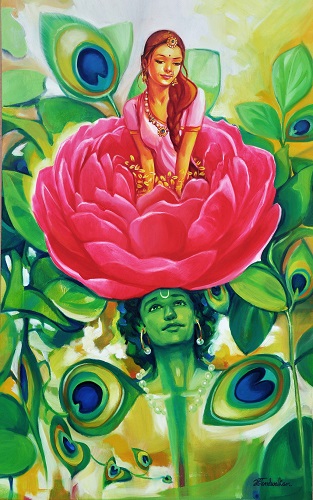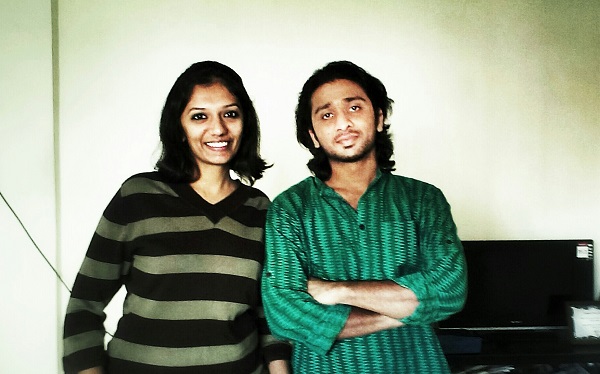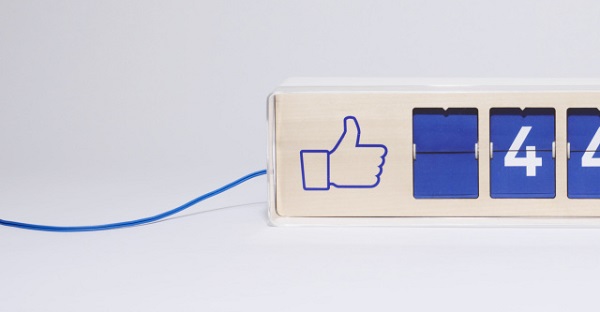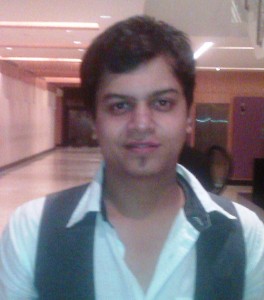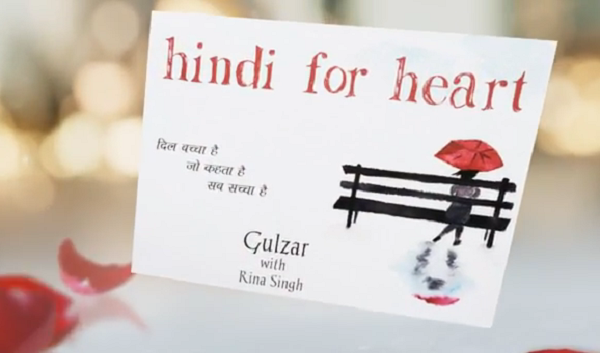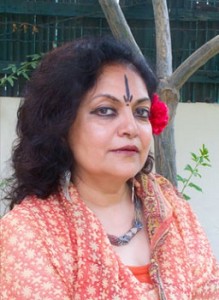Winters don’t make us thirsty, but our body indicates that it needs water. Here’s why you need to tank up.
by The Editors | editor@themetrognome.in
Water is our saviour in the summer months, but we tend to turn our backs on this wonder fluid when the weather turns cold. Sure, we feel less thirsty in the cold weather, and drinking too much water makes some of us go to the restroom more often, but that is no reason to drink less water in the winter.
The weather is slowly turning cold in Mumbai, and with our skin moisturising products and our jackets and sweaters, we should also stock up on water. Here’s why:
 Dry skin, hair, body: The onset of winter is marked with dry skin, chapped lips, scaly skin on arms and legs, and less-oily-than-usual hair. However, we wrongly attribute these phenomena only to the dip in temperature – all of these are, in fact, the body’s way of telling us that it needs more hydration.
Dry skin, hair, body: The onset of winter is marked with dry skin, chapped lips, scaly skin on arms and legs, and less-oily-than-usual hair. However, we wrongly attribute these phenomena only to the dip in temperature – all of these are, in fact, the body’s way of telling us that it needs more hydration.
While external application of moisturisers and balms may help, nothing hydrates the body like drinking enough water. If cold water makes your teeth chatter, try warm water with a bit of lemon juice to hydrate and cleanse the system. Drinking enough water will also prevent skin from flaking and developing a chalky, dry texture.
Warm drinks are great, but…: It’s true that a hot cup of tea or a glass of juice are sources of water, but they are not very good sources. The tannin in tea and caffeine in coffee dry out the body and have a diuretic effect, respectively. Which means that with every cup of tea or coffee, we must drink two glasses of water to replenish water levels in our body.
Also, we tend to sweeten our juices with white sugar, thereby ruining the juice’s overall nutritive value. If you don’t want to consume plain water, use it to make a fresh fruit or vegetable juice. Use honey to sweeten and rock salt to taste.
Prevent lethargy: Studies show that water keeps the brain functioning well, apart from lubricating the joints. So the next time you’re tired of staring at the computer, take a walk and sip on a glass of water. We also tend to eat more sweet food and drink hot chocolate in the cold weather. Regular sips of water will dilute the high sugar content and help to process and digest the food better, thus preventing post-lunch lethargy.
Healthy urine and stools: Drinking less water will increase the concentration of salt in urine and cause hardening of stools. In the winter, our metabolism slows down and water retention increases. Drinking enough water ensures that the kidneys and intestines don’t have to work extra hard to digest food and form urine and stools.
Gymming in the winter: Gyms provide an airconditioned environment in which to exercise, but the AC can wreak havoc with your system in the winter. Doctors advise that  gymmers must drink more water while exercising in the winter, so as to maintain the body’s water levels. Gymmers consuming less water will notice more cramping and muscle spasms – a sure sign that the body needs more water. When on a walk, carry a bottle of water and don’t forget to sip on it often.
gymmers must drink more water while exercising in the winter, so as to maintain the body’s water levels. Gymmers consuming less water will notice more cramping and muscle spasms – a sure sign that the body needs more water. When on a walk, carry a bottle of water and don’t forget to sip on it often.
More headaches, migraines: The cold weather brings biting winds that are cruel on aching joints and those prone to migraines. The change in weather is normally a trigger for headaches. But instead of popping painkillers, drink a cup of ginger tea thrice in the day. The concoction will alleviate your headache. Alternately, practice deep breathing for five minutes when you feel a headache approach, and follow this up with a cup of herbal tea.
(Pictures courtesy www.restek.com, www.wellandgoodnyc.com, makeupandbeauty.com)


